The Daily Grind
How I fell in love with the BRAUN KMM1
End of the 1990s I had no idea about a German company called BRAUN. My dad used to own electronic shavers (and still does) so to me BRAUN was a shaver manufacturer. This didn’t really change when I started being interested in product design and finally considered applying a a university to study industrial design. Back then, design to me was about Philippe Starck (who was everywhere), Alessi (rather Giovannoni’s work than Sapper’s) and products like Ron Arad’s bookworm. Sad, but true. Twenty years ago, 1998, one of the first courses I attended was learning how to draw. Great – cant’t wait to take my COPIC markers and learn how to do professional renderings! Instead, we spent months with nothing but a pencil and a roll of cheap paper. Days of drawing straight lines without a guiding ruler. Squares. Rectangles. The perfect circle. That was tough. Our teacher, a former member of the Eindhoven-based design team of PHILIPS had turned my COPIC dreams into a pencil-bootcamp. Phase two, after he seemed to be ok with the level of our 2D-geometries, we dived into perspectives. We turned squares into cubes, rectangles into rectangular prisms, constructed our first cylinders and pyramids. For week after week. But then, on one of these Thursday mornings, things changed: After about a year of hard training our teacher showed up and said, let´s draw some actual products. Front / side views first. Then a perspective. Still with our pencil. Still no COPICs. He placed two canvas tote bags on his desk and pulled out one product (our models!) after the other. All from the 1960s and 70s. All from one company – BRAUN. A hairdryer, a table lighter, an alarm clock… and a coffee grinder. The KMM1.
Choosing this beautiful object from 1965 (and produced for the next ten years) as a model was perfect as it basically consists only out of two basic geometric shapes: a cylinder (top lid, bean compartment, aluminium scale, grinder, housing of the motor) fused with a rectangular prism – the acrylic container supposed to house the ground coffee. Apart from this it’s only a few straight lines – let’s draw it I thought. None of the other BRAUN products our teacher brought would have been a much more complicated choice. They were all constructed out of clear shapes. Minimal complexity and therefore an intrinsic beauty. This beauty, no – this magic is how these geometries, the proportions, the material, the layout and positions of every single element felt so considered and made so much sense. (you notice this less when you try to draw them but wait until you actually use them!)
Anyway, on that day I fell in love.
Soon after that I was lucky and found a KMM1 in decent condition on a flea market near Hannover. Since then I guess I bought 8 – 10 of those, as gifts for friends, to make sure I’ll never run out of spare parts or simply because it was too much of a bargain to not take it home. Today I can look back at about twenty years of grinding the beans for the morning coffee with my KMM1. TWENTY YEARS. With a machine built in the Sixties. I have to admit that one of the three models I have been using gave up and died. Different, strange noise. Even stranger smell. Extremely strange black smoke. Better stop it, I thought. Unplug it, but keep the spare parts! The problem was the motor. Electronic motors do not have an infinite lifespan. That’s life. Or better: death. The second model I replaced wasn’t for the function. But after a decade of using the first model with its typical-for-BRAUN-household-products-green switch, I found a later version with a 1970s-orange one. So there was a new color pop detail in my kitchen.
The quality and the way the KMM1 is built is incredibly good. Yes, it´s plastic, like the majority of today’s kitchen supplies. But it is 2.5mm plastic – not flimsy 0.6mm material that is supposed to break right after the warranty has expired. They are easy to maintain. Not everyone would buy a +50 years old machine to actually use it in the kitchen. If for food or for coffee. In case you find one, it will have been used. And probably not cleaned. But turning such a a flea-market-find into a usable machine you would actually eat from? Easy. If you only want to clean what’s visible? Supereasy. Take of the top lid, clean the beans compartment. Remove the container, clean it and and its lid. Done.
But to dive slightly deeper into the KMM1 to clean the 1965-leftovers in the actual grinder is always the better way. Just like you would change to your desired scale of grinding by rotating the whole cylindric top part, you can unscrew it counterclockwise and take it off the machine. You have now access to the bottom disc of the grinder which you clean with a brush, some Q-tips or something similar. The other half of it is still attached to the removed top part. Loosen the three screws and the white plastic cone comes off as well (under which you can usually find a lot of vintage coffee powder). Clean all the single parts, reassemble everything, et voilà! This is what maybe Iittala’s marketeers had in mind when they placed AGAINST THROWAWAYISM on the cover of their catalogues. Why can´t everything be so simple? This machine is the opposite of planned obsolence… but probably doesn´t fit anymore into how today’s economy is set up.
A financial note: back in 1965 BRAUN offered the KMM1 for 69.- Deutsche Mark – the former German currency. This was about 20% of an average monthly salary. Quite a lot for a small coffee grinder. Today, the retail price would be at about € 600. As said, using it day by day is nothing but a pleasure. After a few thousand coffees prepared this way I feel as if I’m totally automated – but it’s still enjoyable. And grinding coffee beans is just part of the experience – the second part is making espresso with my Alessi 9090. Same age, same simplicity, same pleasure. But that’s a different love story.



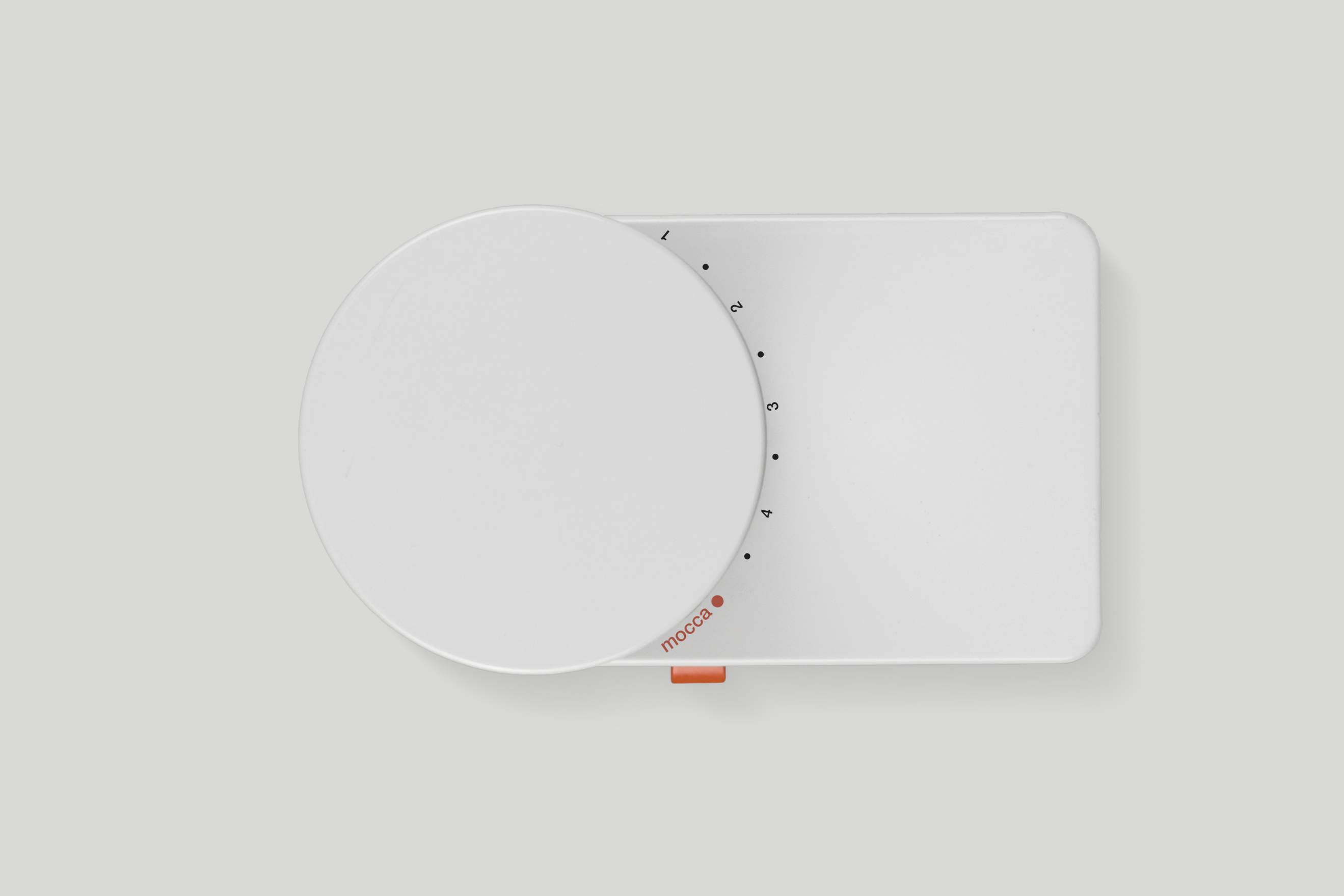
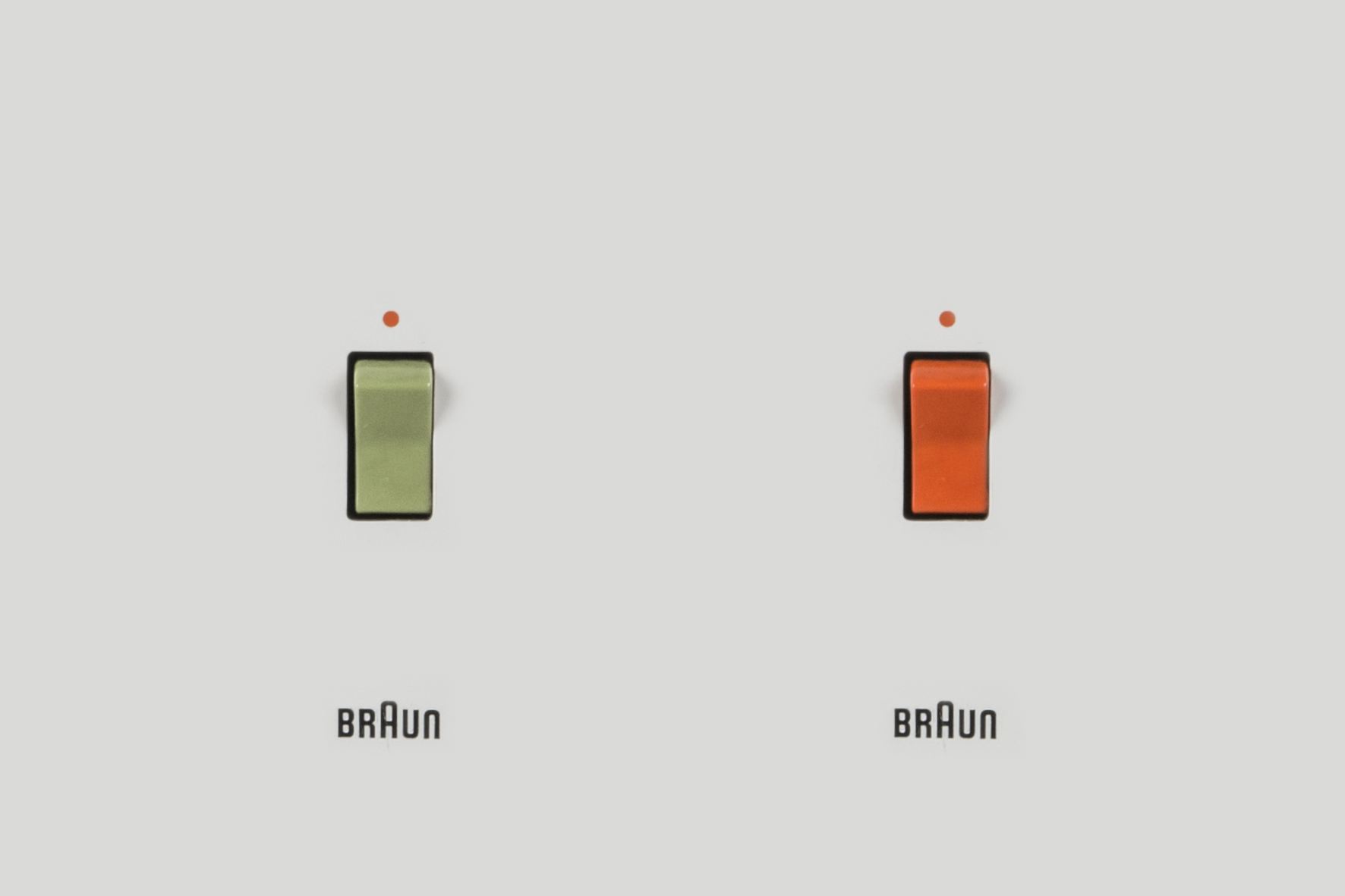
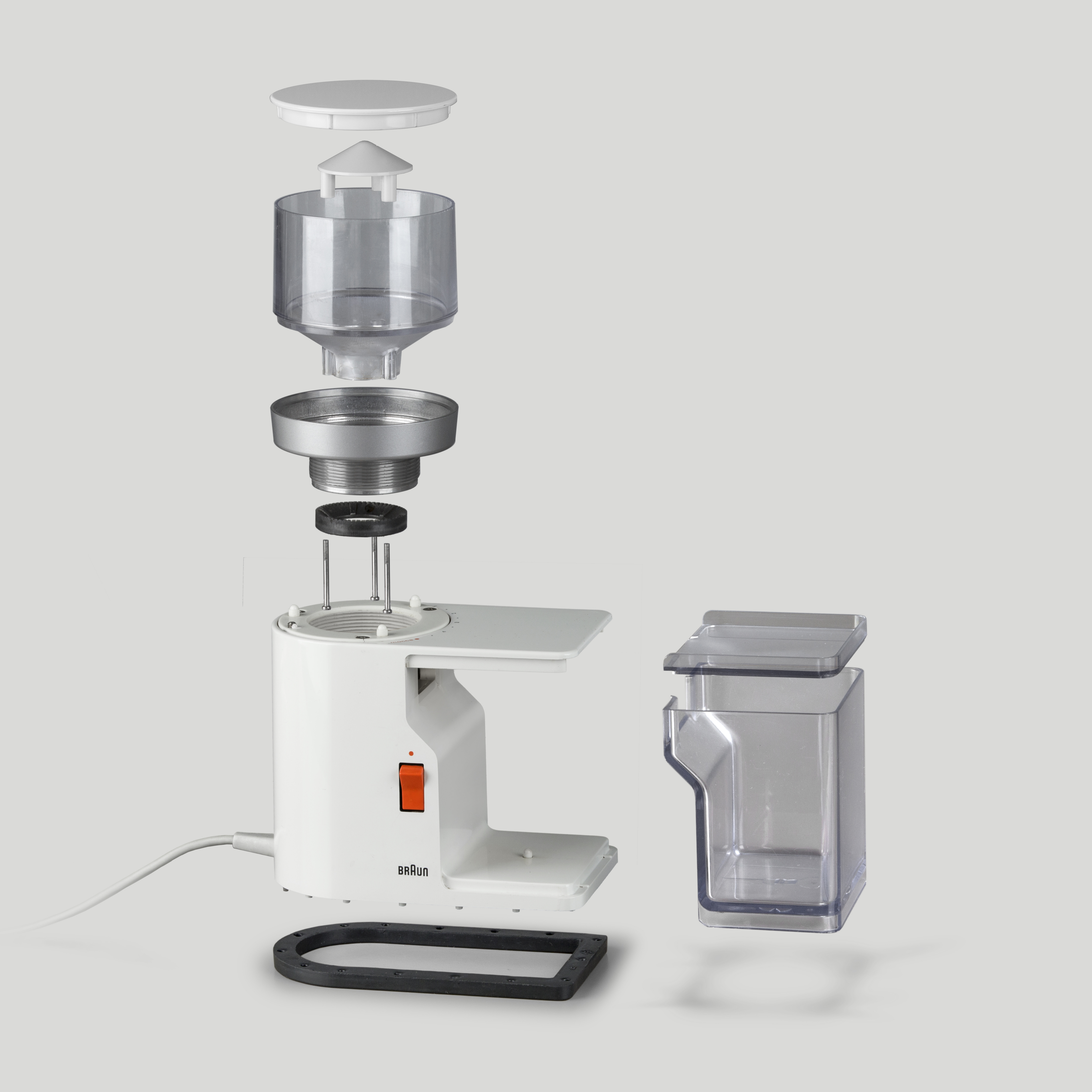

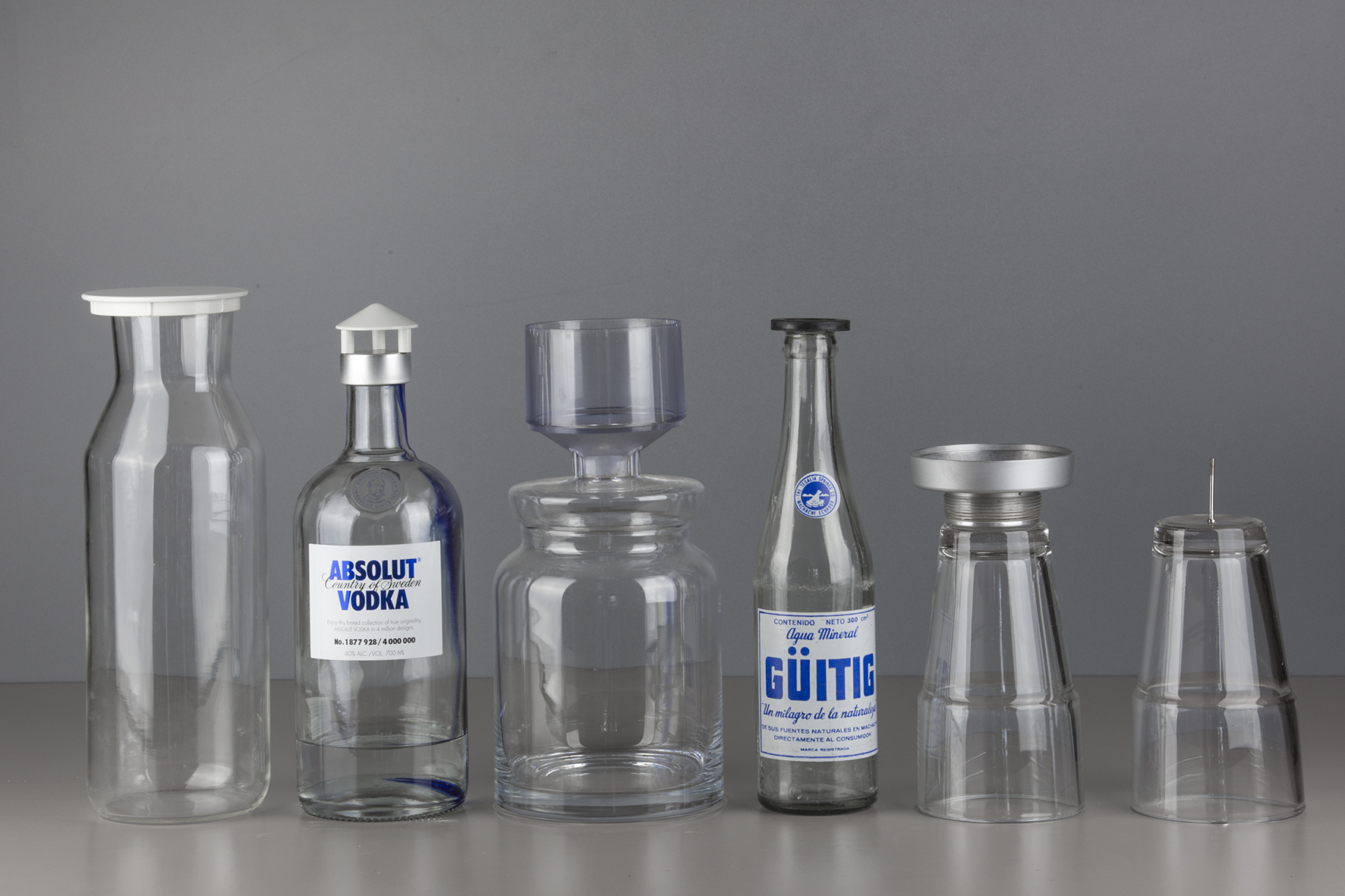
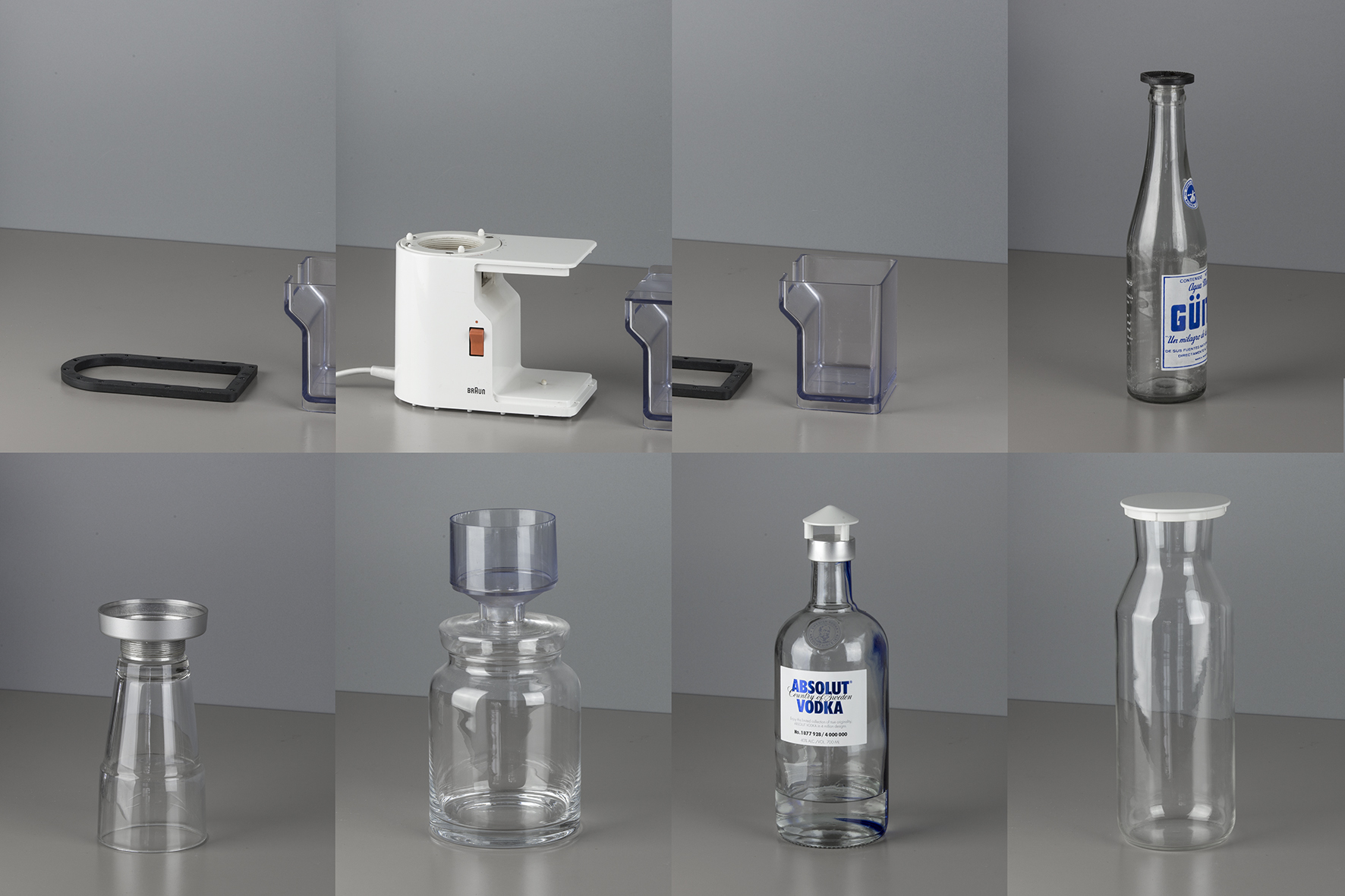
This post doesn't have any comment. Be the first one!